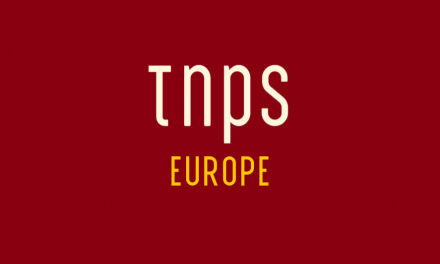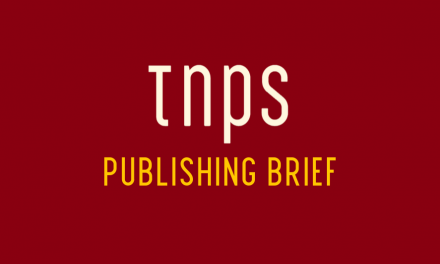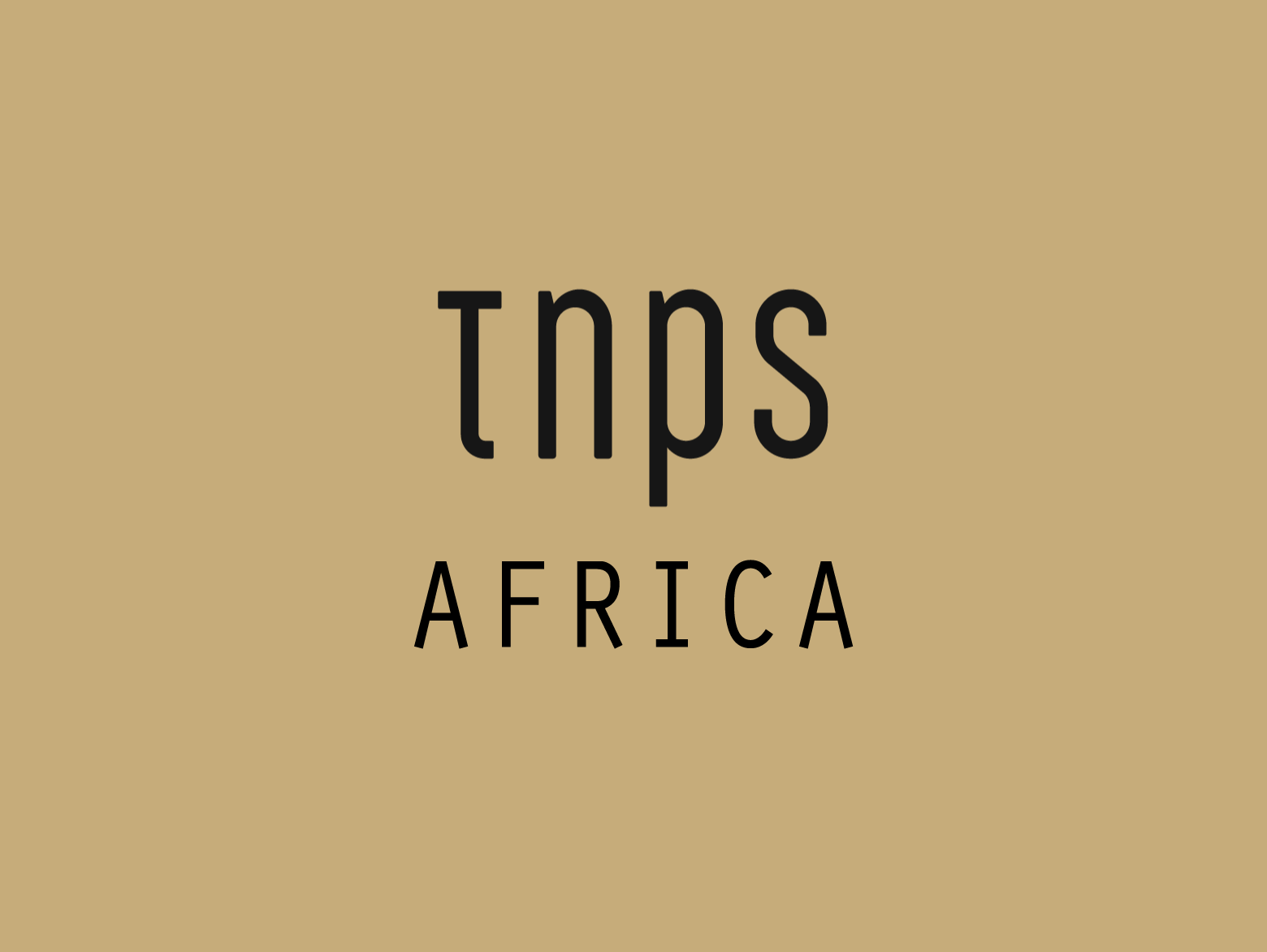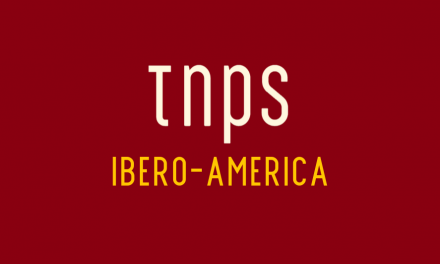It’s a common theme here at TNPS that many of the so-called nascent book markets are actually potential hotbeds of booklovers with cash to splash, if only publishers could surmount the twin hurdles of distribution and awareness.
In countries where distribution infrastructure is lacking, access to books tends to centre on a handful of viable bookstores in bigger towns and cities, where a limited selection of books is available at a high price.
This in turn limits the size of the audience the publishers can appeal to, and the nascent markets get trapped in an economic rut where the economies of scale simply aren’t available to justify further investment and expansion of reach.
And this in turn generates the faux argument that people in these nascent markets have no interest in books.
And so it seems, if we conveniently ignore the fact that book sales in these markets tend to take place outside of the traditional bookstore infrastructure (bricks & mortar, online and ebook) we take for granted in the mature book markets.
I’ve covered the Big Bad Wolf sales many times here at TNPS this past six months, as examples of the demand for an appealing variety of affordable books in these markets, and of course I’ve covered the phenomenal numbers of people turning out to the international book fairs and literary festivals and buying books.
Take the inaugural Krithi International Book Fair in India, for example, where 700,000 people poured in over the space of ten days earlier this month, spending the USD equivalent of $2.6 million.
Organised by the Sahithya Pravarthaka Cooperative Society (SPCS) at Marine Drive in Kochi, the commercial centre of Kerala, the numbers caught the SPCS by surprise, with one report describing the Krithi Fair organizers as “going gaga” as the hundreds of thousands of visitors crammed in. They are now considering demands for the Krithi fair to become an annual event.
One of the big attractions was the variety of local language titles on offer.
The New Indian Express quoted M. Mukundan, one of the pioneers of modernity in Malayalam literature, as saying,
The participation of youth in the book fest and the literary conclave has been amazing. This proves the fact that despite the clamour over the social media killing reading culture, the new generation has not lost the appetite for books. Not only did they throng the festival, many youngsters eagerly participated in the debates.
And therein, perhaps, we see the misapprehension about social media that blinds us to the missing ingredient that drives the Global New Renaissance unfolding, not just in India and the subcontinent, but across the globe.
Social media, far from being the destroyer of literature and the culture of reading, is driving that culture of books and reading to new heights, by connecting readers with books and with book events that they would otherwise be blissfully unaware of.
700,000 people did not descend on Kochi because of any analogue marketing campaign or any analogue literacy drive. They arrived thanks to social media driving awareness and generating excitement about the event.
It’s a story being repeated globally in the nascent markets, as per any number of reports here at TNPS on the boom in attendance and sales at book fairs and literary festivals and the Big Bad Wolf events, as smartphones and internet access connect books and booklovers in a way that was simply inconceivable just ten years ago.
And the crazy irony is, for now at least, that that boom is in print books, not ebooks.
Not because readers in nascent markets necessarily prefer print books, but simply because ebooks have yet to “arrive” in these countries in any meaningful way.
And that of course is down to the chicken and egg factors of retailer indifference and publisher’s unwilling to digitise because there is no marketplace.
It’s likely that will be the model for the remainder of this decade, but my guess is that as we head into the 2020s ebooks will come into their own in the nascent markets and breathe new life into global publishing, the likes of which we can barely imagine right now.
As I’ve said many times, the USA is and for the foreseeable future will remain the single biggest market, but the collected global markets will dwarf the US, both in volume of unit sales and in revenue, and sooner rather than later.
If anyone doubts that, take a look at Netflix, which is already earning more from its global reach than from its domestic US audience.





